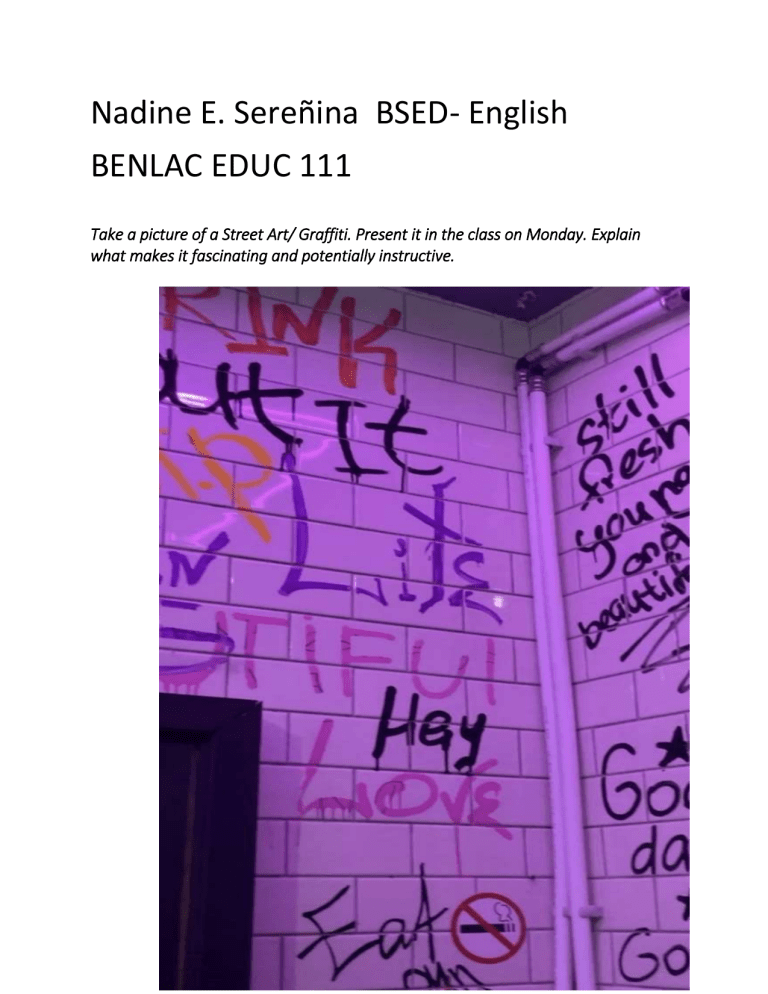 BONDET.CO –
BONDET.CO –
Walls That Speak: Street Art as a Powerful Canvas for Youth Voices and Social Commentary
Walk through any major city or even a smaller town, and you’re likely to encounter them: vibrant murals adorning brick walls, intricate stencils on sidewalks, bold tags scrawled across train cars, or paste-ups adding pops of colour and message to drab surfaces. This is street art – a dynamic, often unsanctioned, form of artistic expression that transforms public spaces into open-air galleries. More than just decoration or defiance, street art has long served as a powerful platform for social commentary, and nowhere is this more evident, or arguably more vital, than in the work of young people finding their voice.
For youth, the traditional avenues for expressing dissent, critiquing society, or simply being heard can feel inaccessible or stifling. Political systems seem distant, mainstream media can be dismissive, and even formal art institutions might feel exclusive. Street art bypasses these gatekeepers. A blank wall becomes a canvas of opportunity, a direct line of communication to anyone who walks by. It’s democratic, immediate, and requires no permission slips or exhibition fees. This inherent accessibility makes it a particularly attractive medium for young individuals eager to speak truth to power or simply share their perspective on the world they are inheriting.
The messages conveyed through youth street art are as diverse as the young artists themselves, but they frequently coalesce around pressing social issues. The climate crisis, for instance, is a recurring theme, depicted through stark imagery of melting ice caps, dying trees, or flooded cities, often overlaid with urgent calls to action or poignant questions directed at older generations. Racial injustice and inequality manifest in powerful portraits, symbols of resistance, or statistics spray-painted for all to see. Economic disparities are highlighted through satirical stencils depicting corporate greed or the struggles of ordinary people. Mental health awareness, body positivity, gender identity – these personal yet universal struggles find public expression on walls, fostering visibility and solidarity.
What makes street art commentary particularly potent is its visual nature and placement. A carefully chosen stencil can convey a complex political critique in seconds. A striking mural can humanize a marginalized community member in a way a news article might not. Placed within the urban environment, the art interacts directly with the context it comments upon – a piece about gentrification appearing on a building slated for demolition, or a message of hope painted in an area struggling with poverty. This context adds layers of meaning and urgency that resonate deeply with viewers.
For many young artists, the act of creating street art is itself a form of empowerment. It’s reclaiming space, literally and figuratively. In areas where youth feel overlooked or unwelcome, leaving a mark on a wall is a declaration of existence and relevance. It’s a way of saying, "We are here, we see what’s happening, and we have something to say about it." The risks involved – the potential for arrest, the need for stealth, the ephemeral nature of the work which might be painted over the next day – build resilience and a sense of purpose. There’s a thrill in the defiance, but underlying it is often a serious intention to provoke thought, challenge norms, or simply beautify a neglected corner.
Beyond the individual act, youth street art also fosters community. The "scene" provides a network for young artists to connect, share techniques, collaborate on pieces, and discuss the issues that matter to them. Online platforms allow their work to reach global audiences, amplifying their voices far beyond their local walls. This sense of belonging and shared purpose is invaluable, particularly for young people who might feel isolated in other aspects of their lives.
While often celebrated for its raw energy and authentic voice, youth street art is not without its complexities. The line between art and vandalism can be blurry, and the legal ramifications are real. Not all messages are universally welcomed, and some pieces can be controversial or even offensive. Yet, even the debates and dialogues sparked by street art contribute to its power as a form of social commentary. It forces us to confront difficult issues, to question who has the right to speak in public spaces, and to consider the perspectives of those who might otherwise remain unheard.
In conclusion, street art provides a vital, often unfiltered, conduit for youth voices to engage in social commentary. It leverages the urban landscape as a democratic canvas, allowing young people to bypass traditional barriers and speak directly to their communities and the wider world about the issues they care about most deeply. It is a testament to their creativity, their resilience, and their urgent desire for a better future. As long as there are walls and young people with something important to say, street art will continue to roar, reflecting the pulse of a generation and challenging us all to stop, look, and listen.
 Walls That Speak: Street Art as a Powerful Canvas for Youth Voices and Social Commentary
Walls That Speak: Street Art as a Powerful Canvas for Youth Voices and Social Commentary
” title=”
Walls That Speak: Street Art as a Powerful Canvas for Youth Voices and Social Commentary
“>
